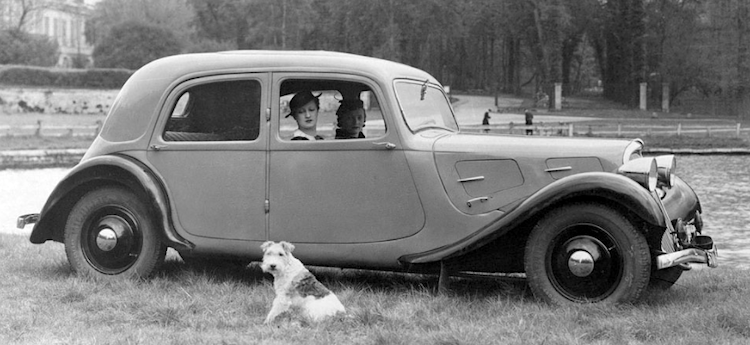1960 Plymouth XNR Concept

First called the Asymmetrica, Chrysler Corporation's 1960 Plymouth sports car concept was renamed the Plymouth XNR after Virgil Exner , the Corporations's styling vice president. Some authoritative XNR background by Ken Gross can be linked here . The Asymmetrica label was appropriate, thanks to some body shaping only on the driver's side of the car. I have no objection to this in principle: it depends on how it is done. For example, above is a 1963 Studebaker Avanti that I photographed in Baltimore many years ago. Note the raised part of the hood positioned in front of the steering wheel. This asymmetrical solution works well. And what about the XNR's asymmetry? Let's take a look at some factory photos. Gallery Seen from behind, the asymmetry is emphasized by the cross-shaped rear bumper. This was a show car feature not likely to have survived had the XNR ever entered production. That is, the upper vertical element has little realistic protective function.







